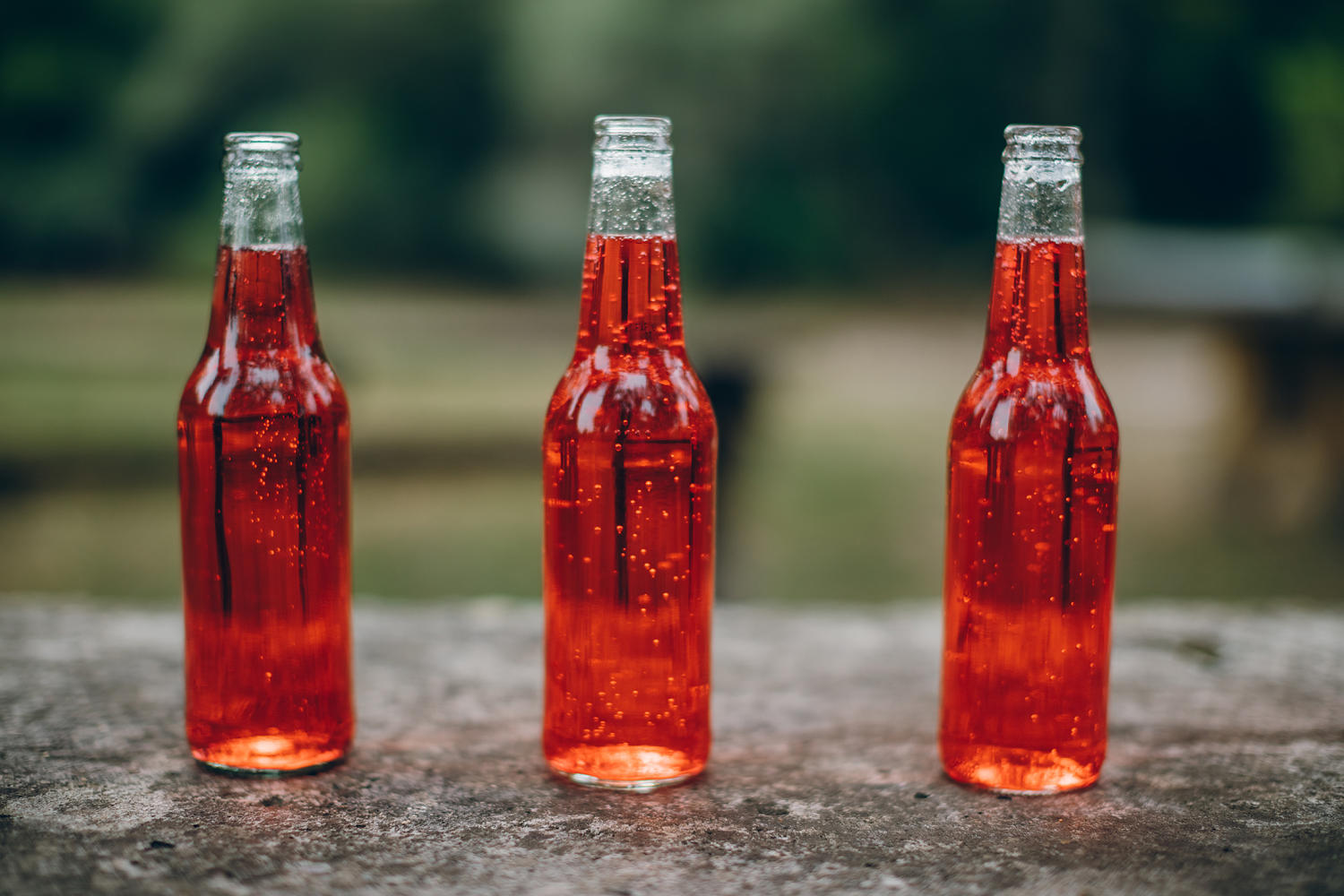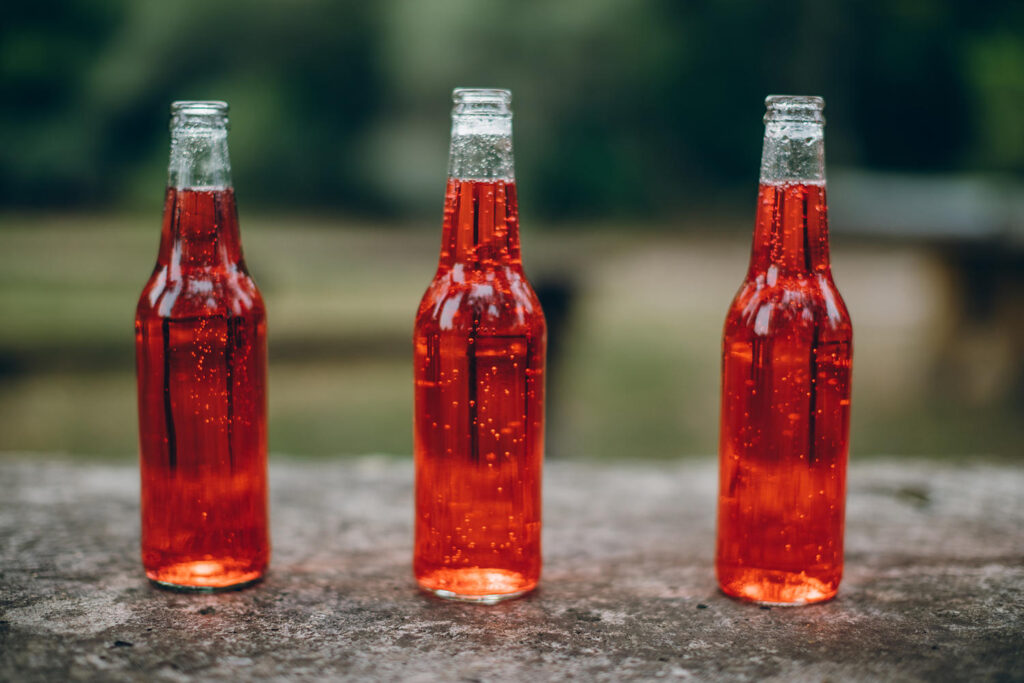
The Food and Drug Administration said Wednesday it’s banning the use of Red No. 3, a synthetic dye that gives food and drinks their bright red cherry color but has been linked to cancer in animals.
The dye is still used in thousands of foods, including candy, cereals, cherries in fruit cocktails and strawberry-flavored milkshakes, according to the Center for Science in the Public Interest, a food safety advocacy group that petitioned the agency in 2022 to end its use.
The FDA’s decision marks a victory for consumer advocacy groups and some U.S. lawmakers who have long urged the FDA to revoke the additive’s approval, citing ample evidence that its use in beverages, dietary supplements, cereals and candies may cause cancer as well as affect children’s behavior.
“At long last, the FDA is ending the regulatory paradox of Red 3 being illegal for use in lipstick, but perfectly legal to feed to children in the form of candy,” said Dr. Peter Lurie, president of the CSPI. The agency banned the additive in cosmetics in 1990.
Food manufacturers will have until Jan. 15, 2027 to reformulate their products. Companies that make ingested drugs, such as dietary supplements, will get an additional year.
“The FDA cannot authorize a food additive or color additive if it has been found to cause cancer in human or animals,” Jim Jones, the FDA’s deputy director for human foods, said in a statement. “Evidence shows cancer in laboratory male rats exposed to high levels of FD&C Red No. 3.”
What is red dye No. 3?
Red Dye No. 3, approved for use in foods in 1907, is made from petroleum.
The FDA’s move to ban the dye has been in the works for decades. The agency first became aware that the additive was possibly carcinogenic following a study in the 1980s that found tumors in male rats who were exposed to it in high doses.
“It removes an unnecessary hazard from the American food supply, and we welcome that action, even though it should have occurred more than three decades ago,” Lurie said.
“This is a big win for consumers, that this cancer-causing chemical is finally going to be out of the food supply. It is long overdue,” said Melanie Benesh, vice president for government affairs at the Environmental Working Group, a research and advocacy health organization that joined the petition to end the use of Red No. 3.
“We are thrilled that the FDA has finally managed to get it over the finish line.”Benesh added that she was hopeful that federal regulators would take a closer look at other artificial dyes that advocacy groups have long expressed concern over.
“The FDA, I think, is feeling that pressure from consumers who are worried about what is in their food,” she said. “This is certainly an important positive step forward.”
The Consumer Brands Association, a trade group, said food safety is “the number one priority” for companies and that they would comply with the FDA’s ban.
“Revoking the authorized use of Red No 3 is an example of the FDA using its risk and science-based authority to review the safety of products in the marketplace,” senior vice president of product policy and federal affairs Sarah Gallo said in a written statement. “Food and beverage companies will continue to follow the latest science and comply with all food safety regulations to ensure safe and available choices for consumers.”
The Biden administration’s move comes before the Senate confirmation hearings for Robert F. Kennedy Jr., President-elect-Donald Trump’s pick for health and human secretary. Kennedy has said he would make artificial dyes a focus for the administration.
Red No. 3 is already banned or severely restricted in places outside the U.S., including Australia, Japan and countries in the European Union.
Some U.S. food manufacturers have already removed artificial dyes, including Red No. 3, from their products.
In a statement, a spokesperson for the National Confectioners Association, a trade group that promotes chocolate, candy, gum and mints, said it will continue to follow and comply with the FDA’s guidance.
“Our consumers and everyone in the food industry want and expect a strong FDA, and a consistent, science-based national regulatory framework,” the spokesperson said. “We have been saying for years that FDA is the rightful national regulatory decision maker and leader in food safety.”
All color additives must be approved by the FDA before they are used in food sold in the U.S. There are 36 FDA-approved color additives, nine of which are synthetic dyes.
The FDA has said it has been actively reviewing Red No. 3’s approval following a petition filed by a coalition of organizations, including the CSPI, asking the FDA to revoke the additive’s approval in foods, noting its potential cancer risks.
There are also concerns about whether artificial food dyes might affect children’s behavior. The FDA in 2011 reviewed the possible link between artificial dyes and hyperactivity in children. It determined, however, that no causal relationship could be established.
Although the FDA is now revoking its approval, ending its use nationwide, other states had already taken action.
California as well as 10 other states have already made moves to ban the food dye, according to CSPI.
